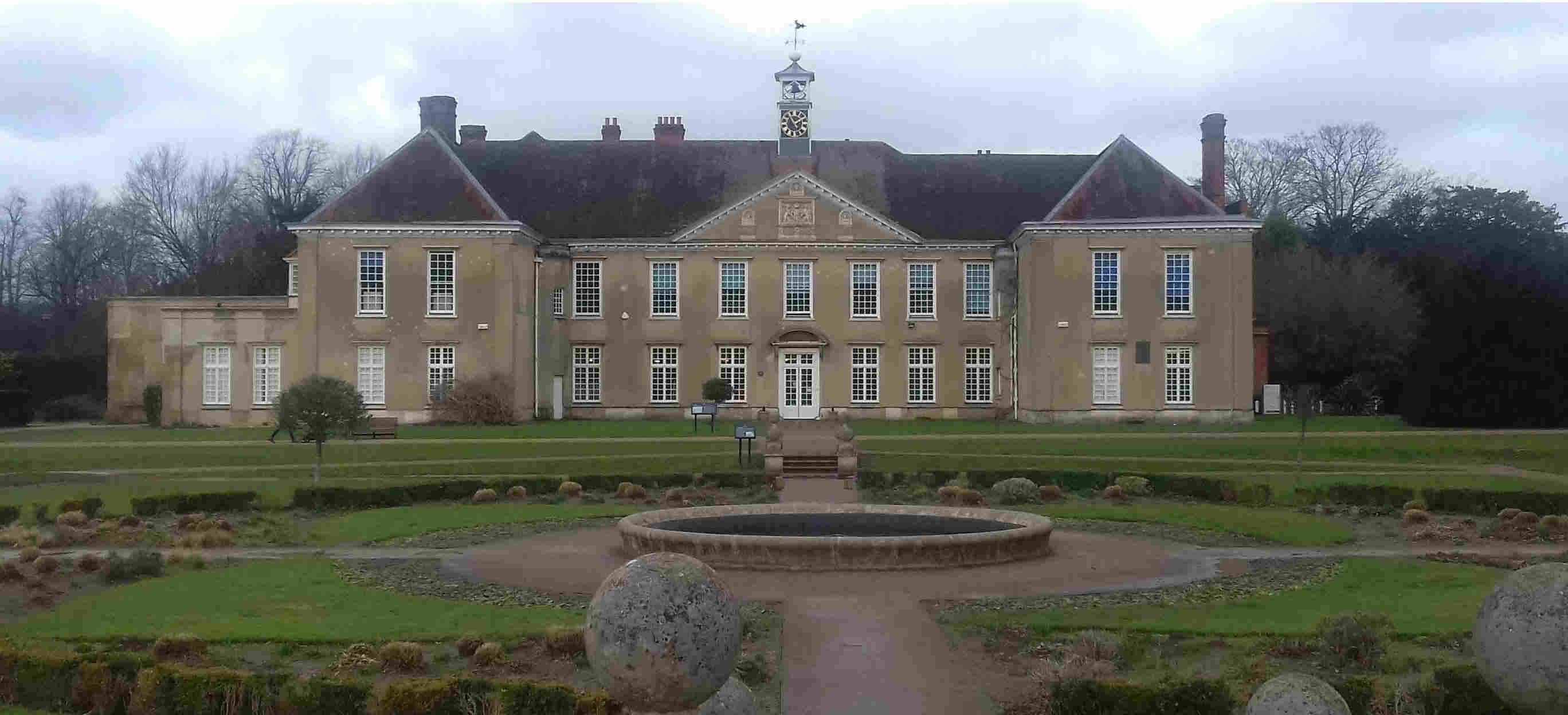Places of Interest in Reigate Town Centre
Reigate Priory is the reason for creation of the Reigate Society in 1952 when there were proposals for a bypass running through the priory grounds. See photo above. The Priory is built on the site of an Augustinian priory founded in about 1235. Very little of the medieval foundation survives, and it is only visible from inside the building. After the dissolution of the monasteries the property was granted to Lord Howard of Effingham in 1541, who erected a house on the site. The house assumed much of its present appearance during extensive rebuilding in about 1770. Edward VII and his mistress were frequent visitors to the Priory in the early 1900s. During 2007/2008 Priory Park was extensively re-modelled, and also maintenance work has been undertaken on the Priory itself. The building is Grade I listed and sits in 65 acres of parkland with pond, restaurant and various leisure facilities.
Walk back to the top of Bell Street and ahead of you is Reigate Tunnel. The tunnel was constructed in 1823 to shorten the route into the town from the north. It was used for road traffic up to the 1970s. It is the earliest road tunnel on Britain and possibly Europe. There are the entrances to the Reigate Caves which are on either side of the roadway. These are usually open one day a week during the summer months.
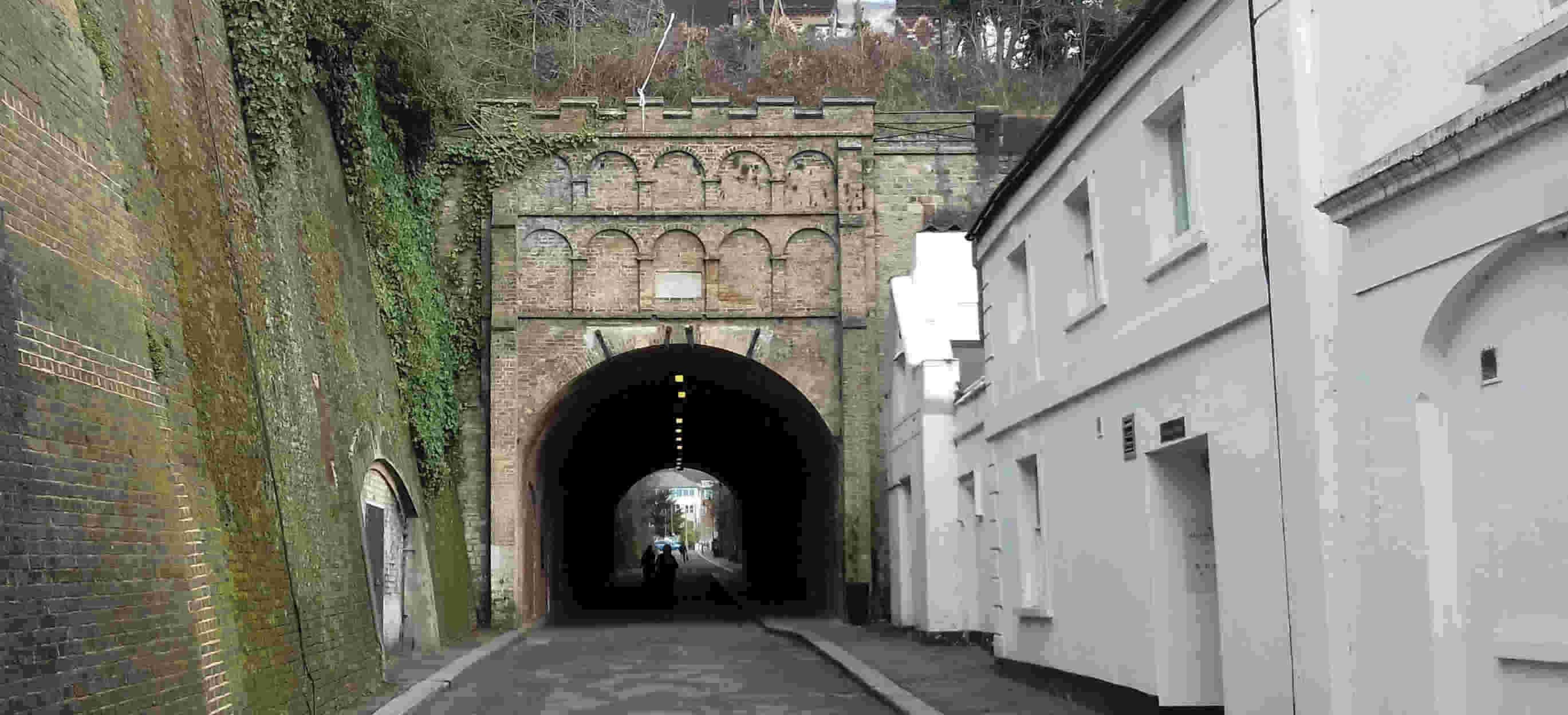
Looking west from the cross-roads is the old Town Hall, which has also been used as a Market House. Built in 1728, the building was presented to the Borough by Mr Randal Vogan in 1922. It is now a Caffe Nero.
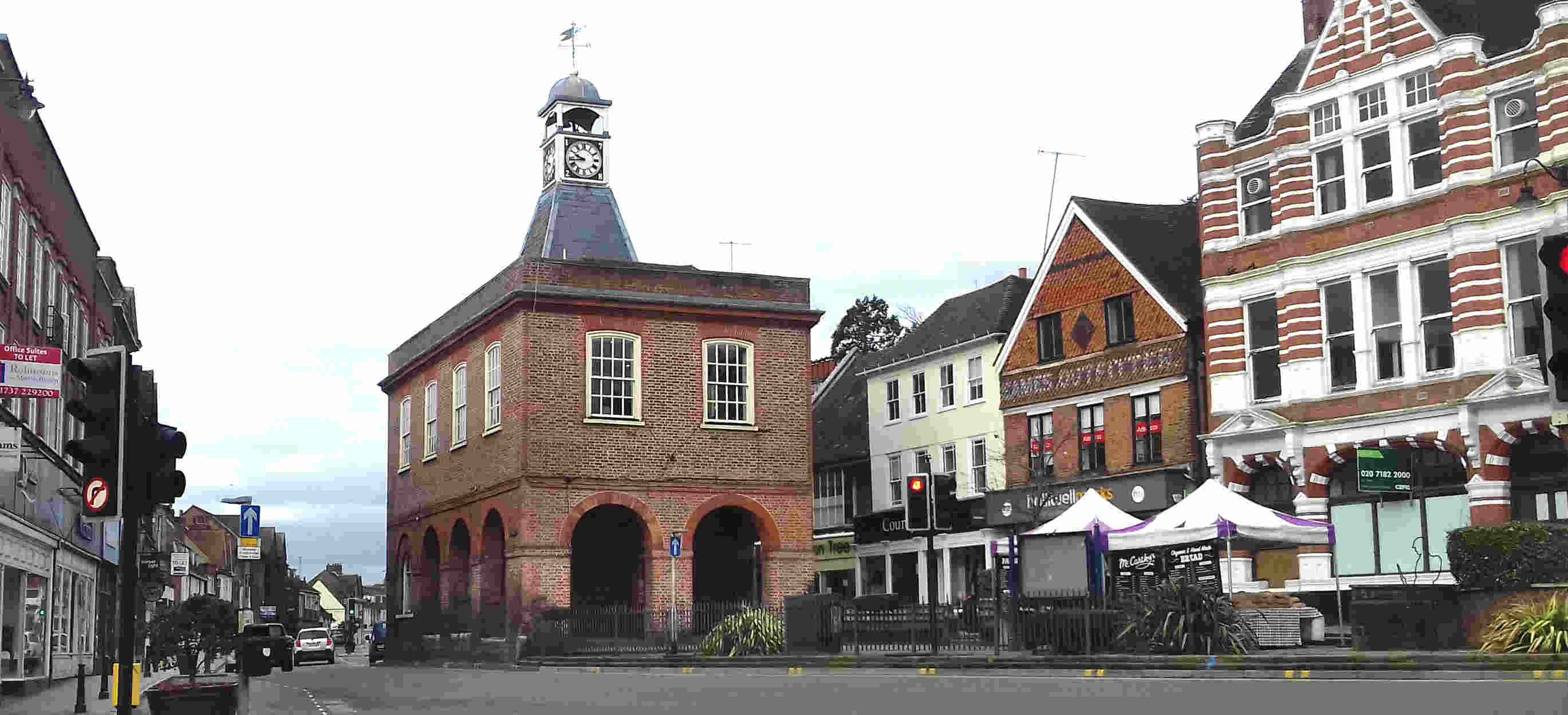
Travelling past the town hall towards Dorking, turn right by Boots and walk up the steps. Ahead of you is the castle grounds and the gatehouse folly. The date of the original castle is not known but us thought to be around 1100. The castle was demolished during the Civil War in 1648. The gateway was constructed in 1777 and has never served any military purpose. There are some pleasant walks in the grounds.
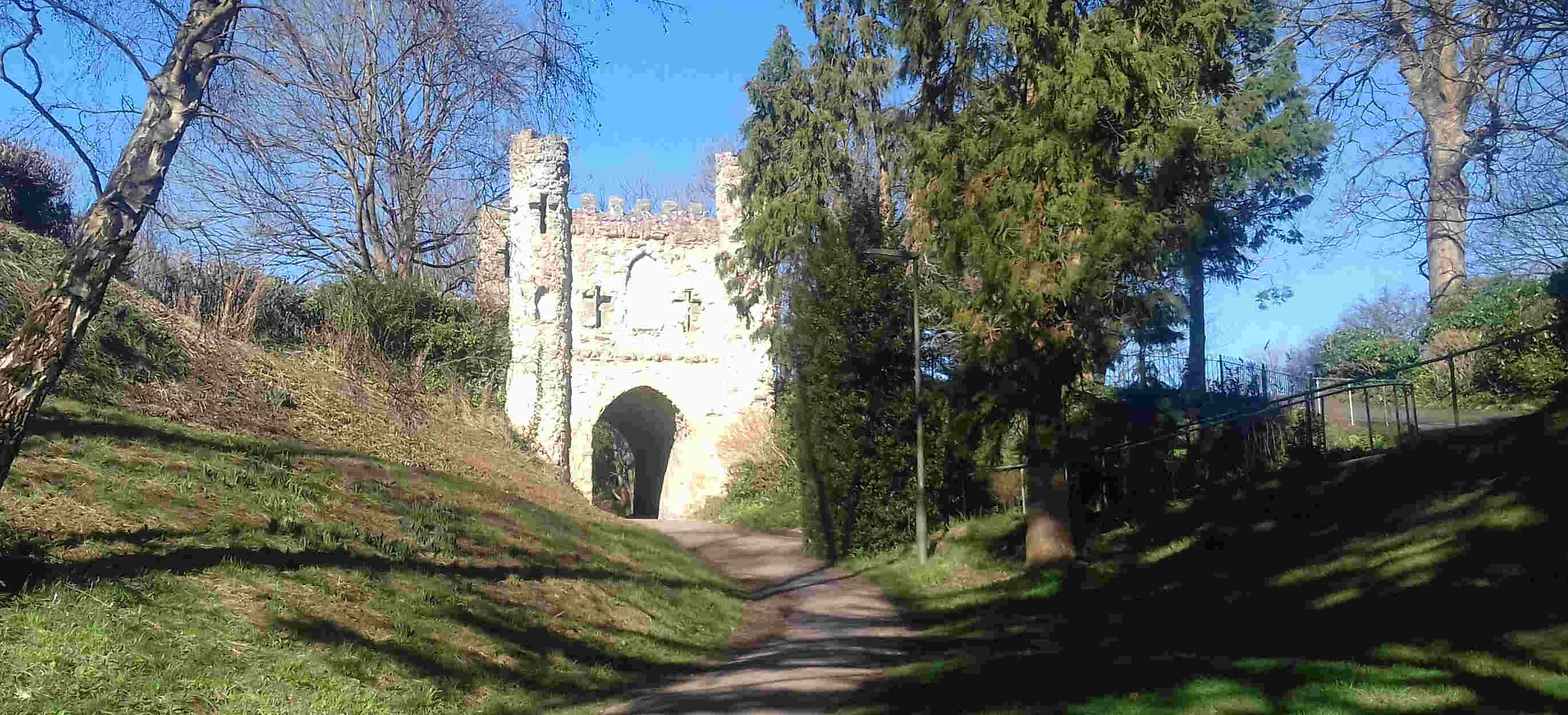
Walk back to the road and to the end of the one-way system at the traffic lights. On the opposite corner is a pair of timber framed late 16th century houses with a continuously jettied front. The timber framed overhang is now tile hung. The conversion of this building for a dental practice won a Reigate Society Civic Award.
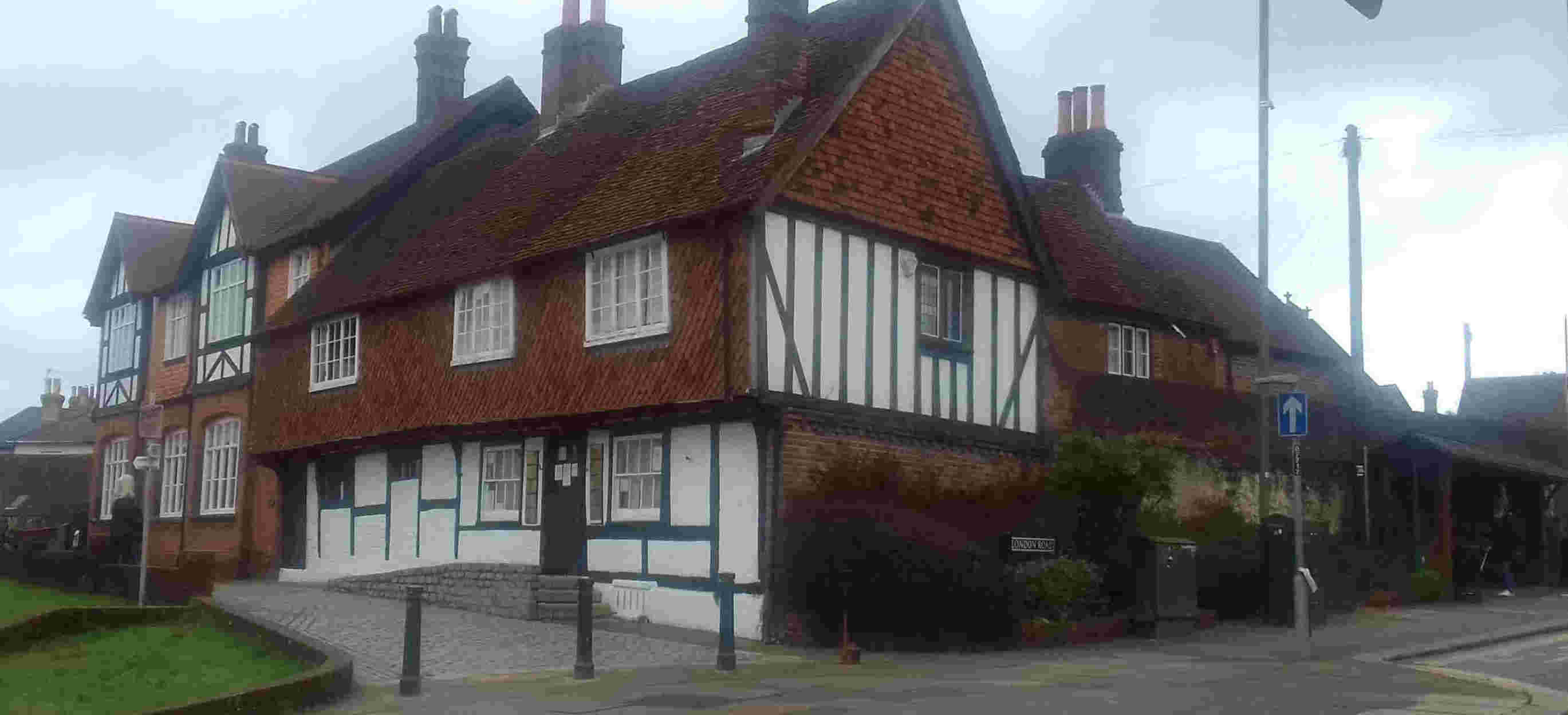

Cross over the road at the zebra crossing and walk up the right hand side of the road. On your left is in the grounds of offices is a statue of Dame Margot Fonteyn. One of England's most famous ballerinas, she was born in Reigate in 1919.
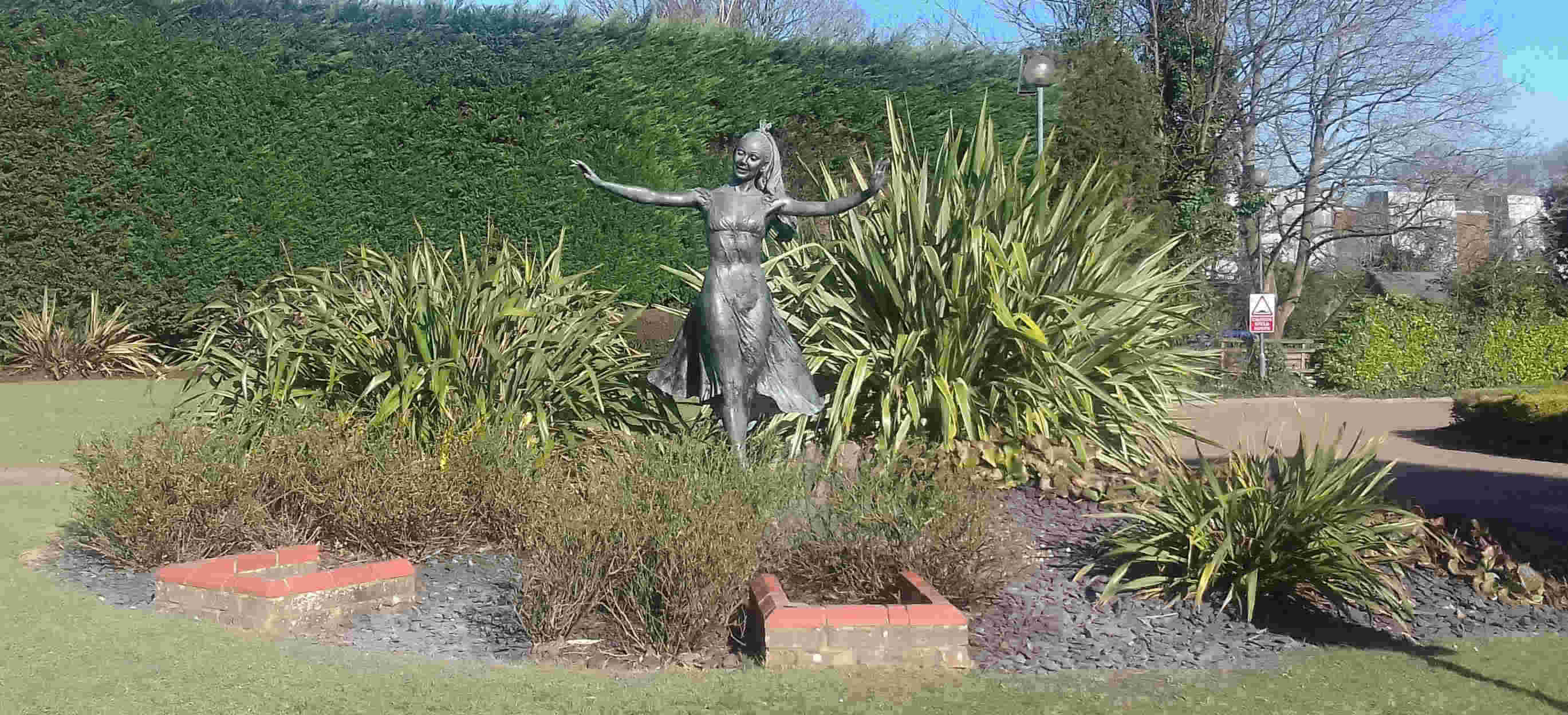
A little bit further on is Reigate Station. It was built in 1849 although the original station was a little further to the east. The signalbox is a familiar local landmark dating from the 1920s. It is threatened with demolition and the Reigate Society is lobbying for its retention.
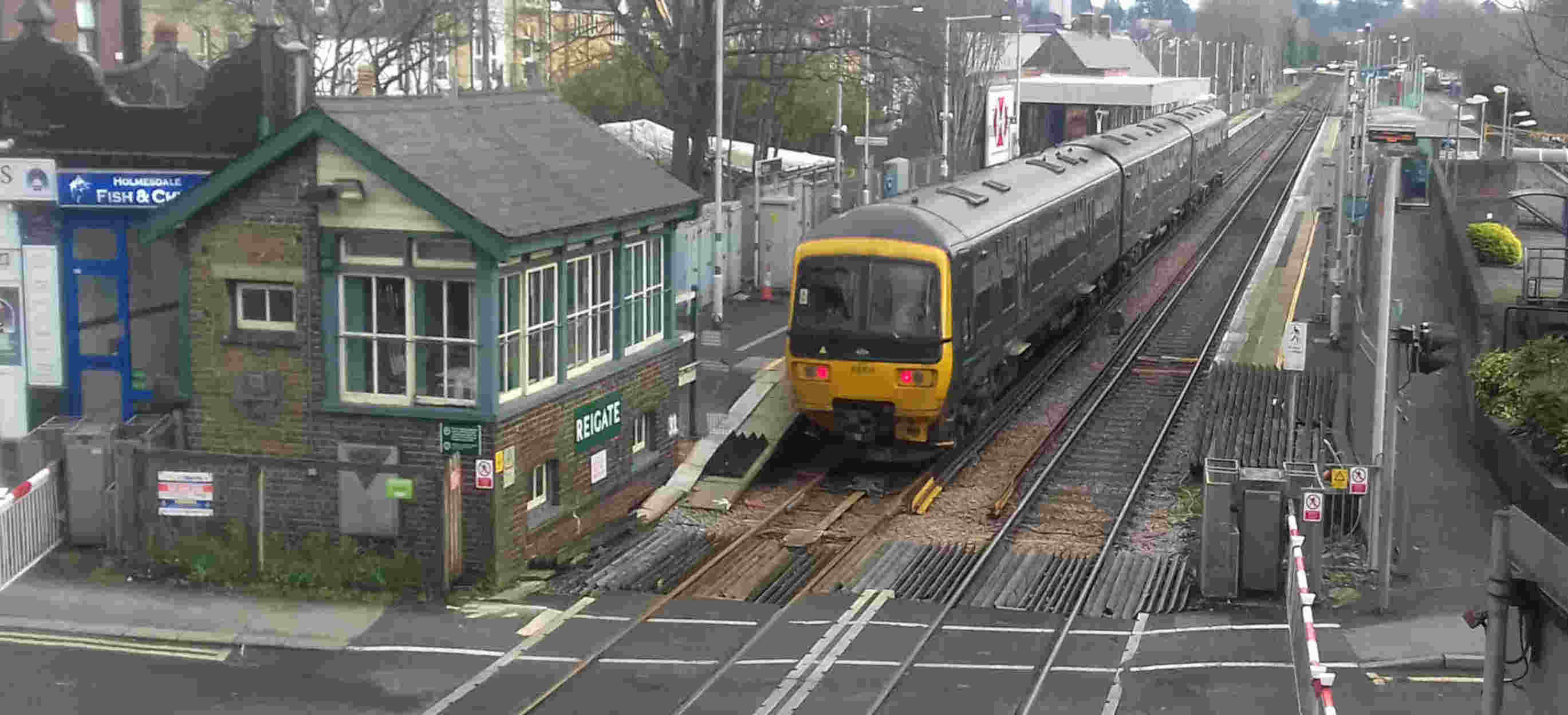
Retrace your steps back to the one way system and turn left. On your right is the new Town Hall. The building was opened in 1901 and was also used for Police, Law Courts and the Fire Brigade. These other services gradually moved out and now the Council have the whole site.
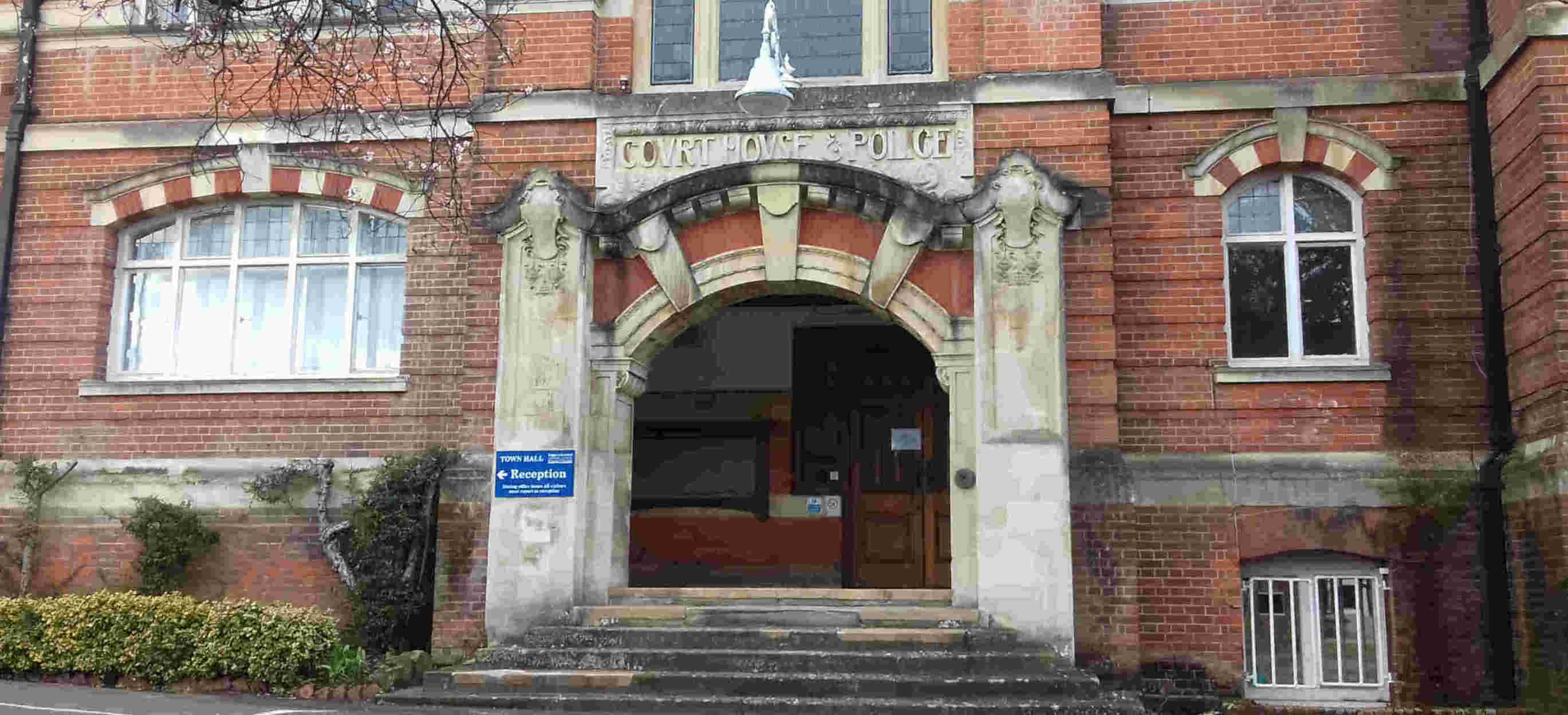
Continue walking to the traffic lights, cross over the road and walk away from the town centre. On your right you will pass the Telephone Exchange. While not a construction of note, it is one of the few opened during the reign of Edwards 8th. The crest can be seen above the main door.

Continue past the traffic lights and turn right up Chart Lane. On your left you will see St Mary's Church. The church houses the Cranston Library which was founded in 1701. It was the first lending library in England. The date of the church is unknown but was certainly before 1200 with later additions and a major refurbishment in the 1870s.
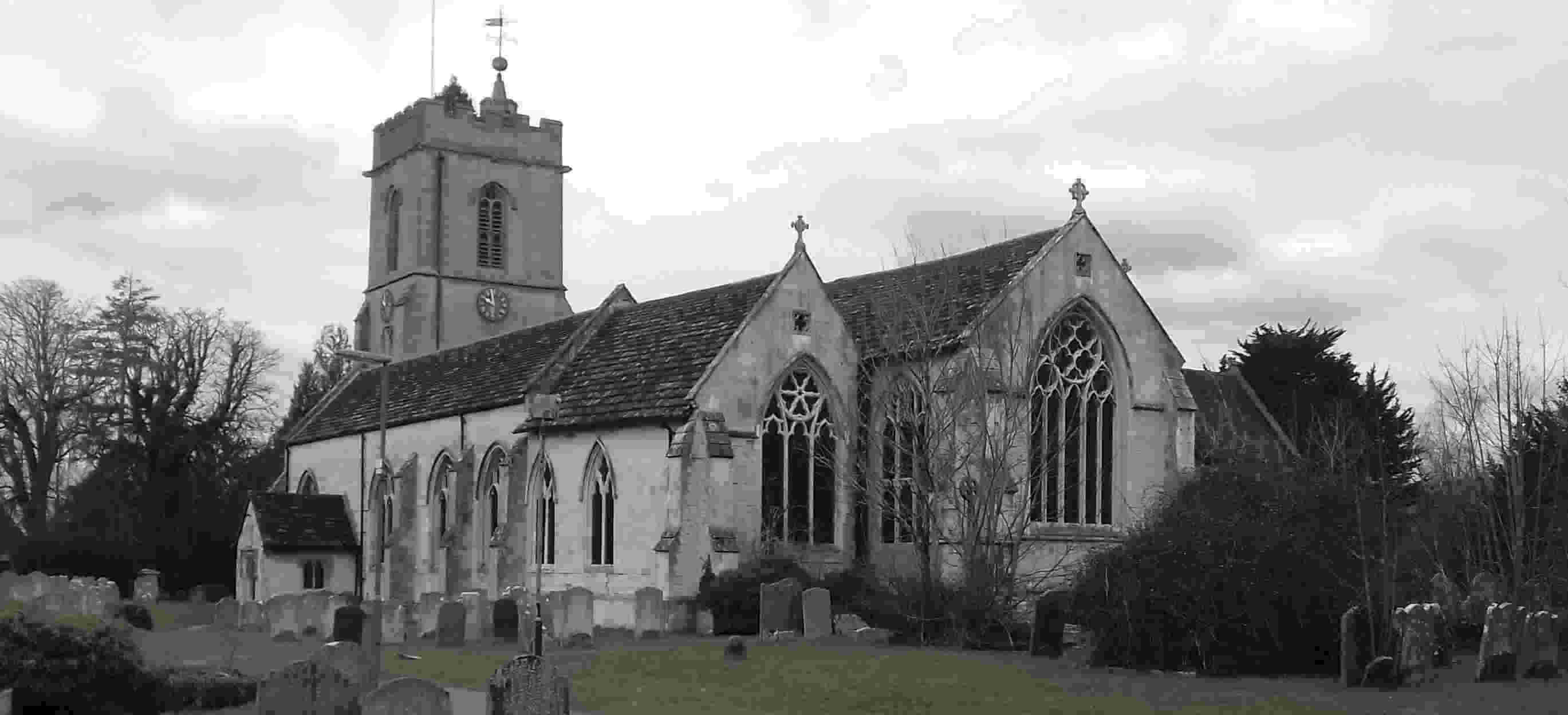
Continue past the Church and turn right at the cross roads. Some way along is the old Bus Garage. The Garage was opened by East Surrey Traction in 1912. The company was taken over by London Transport in 1933. The adjacent offices ran the entire London Country operation. The building is now a nursery. Continue along the road and at the end of the road you are back at Priory Park.
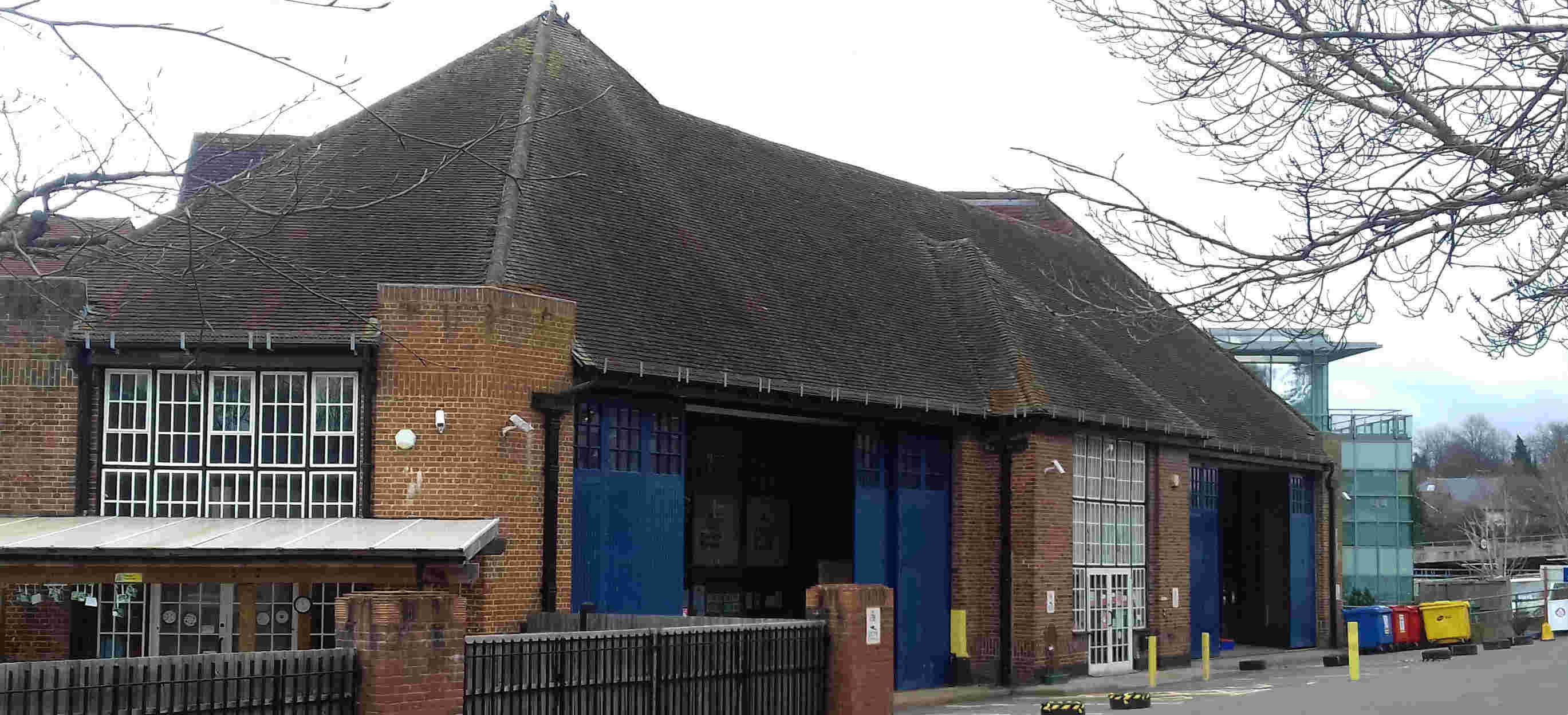
Further afield is the windmill on Wray Common. It was built in 1824. It was converted into a residence in 1967 and was restored early in the Millenium.
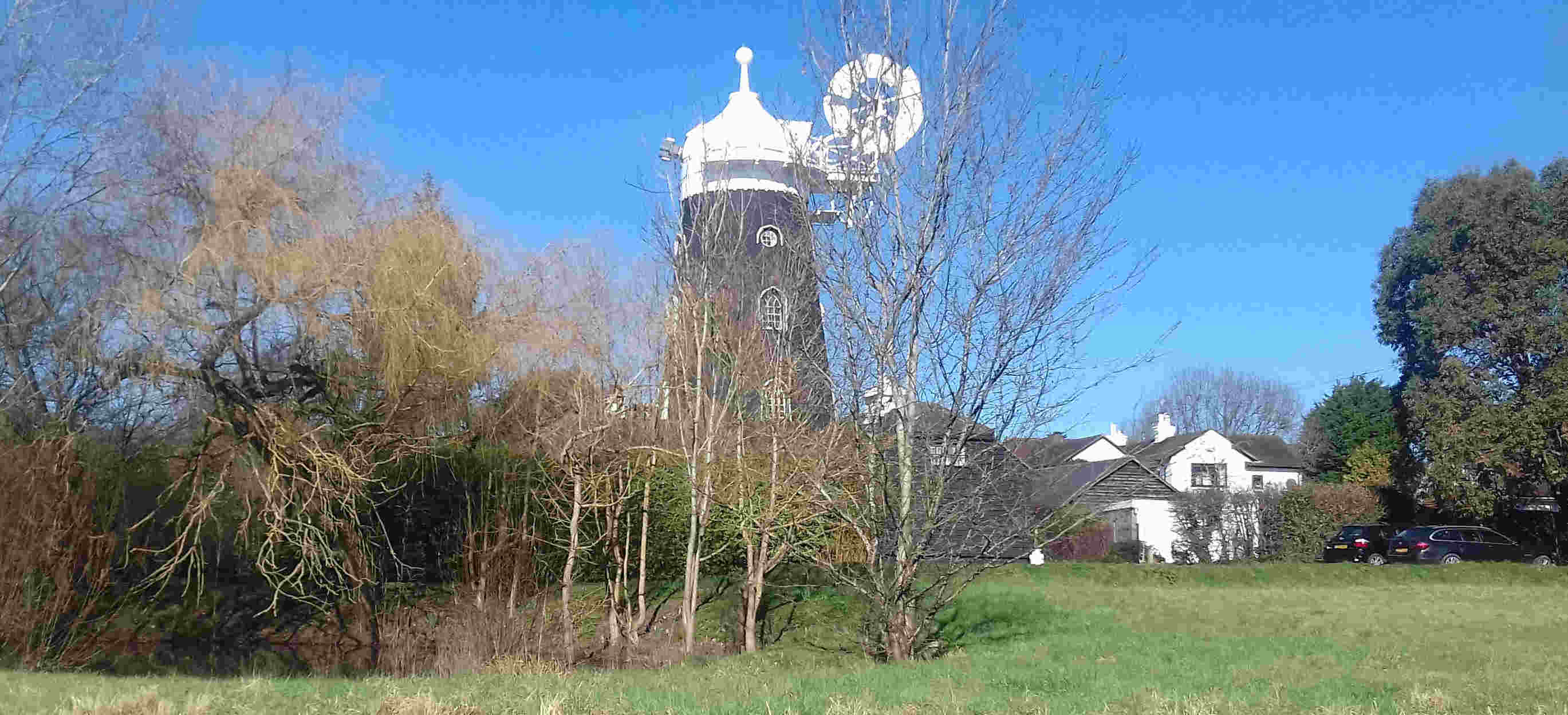

All photos taken by Bruce Healey except Reigate Castle Moat which was by Christine Dunford.

